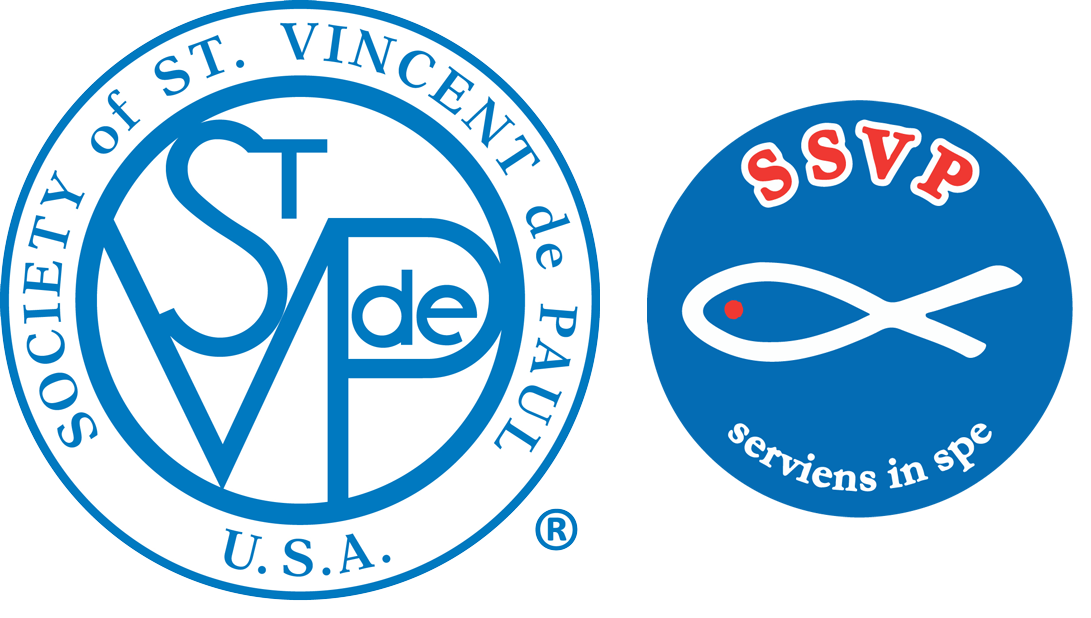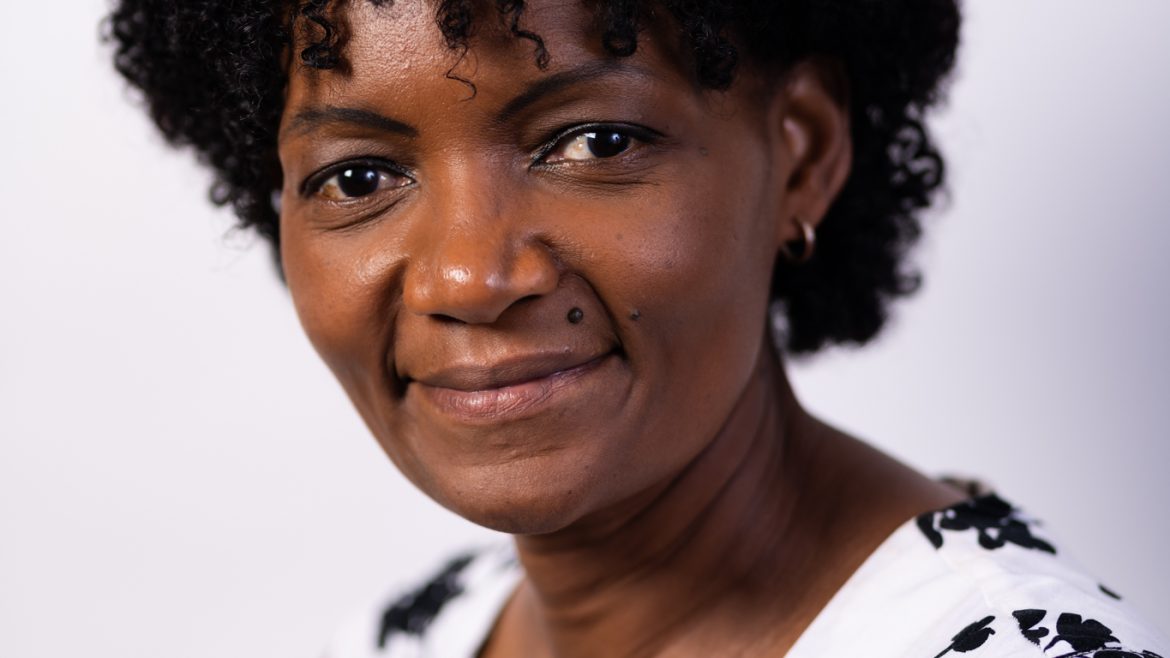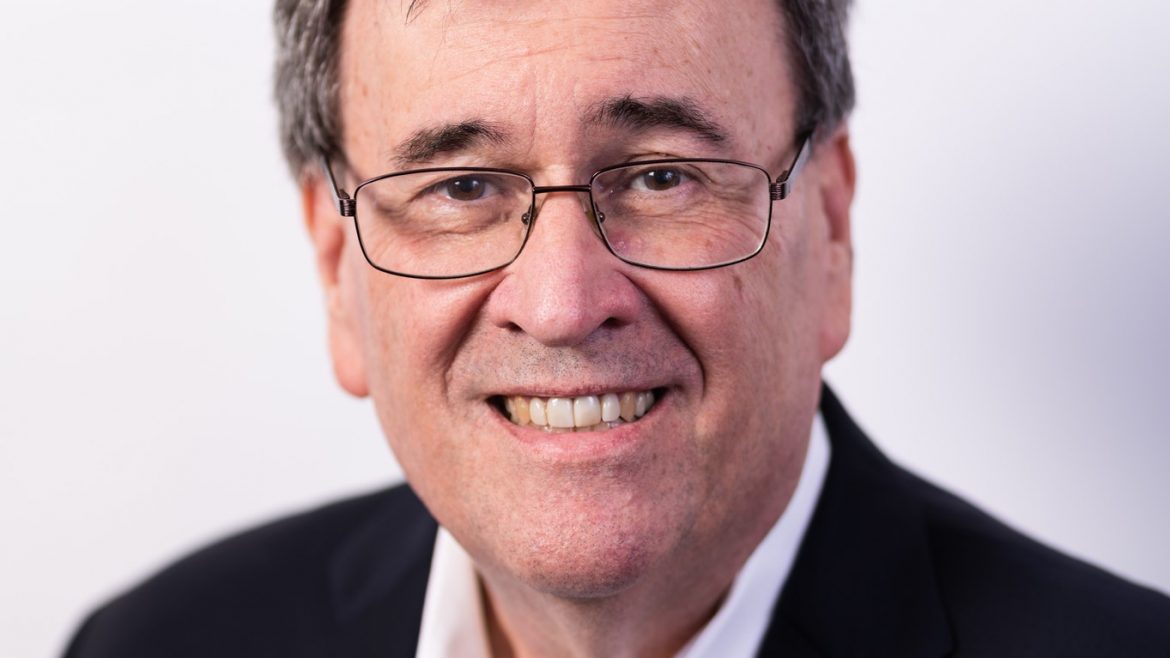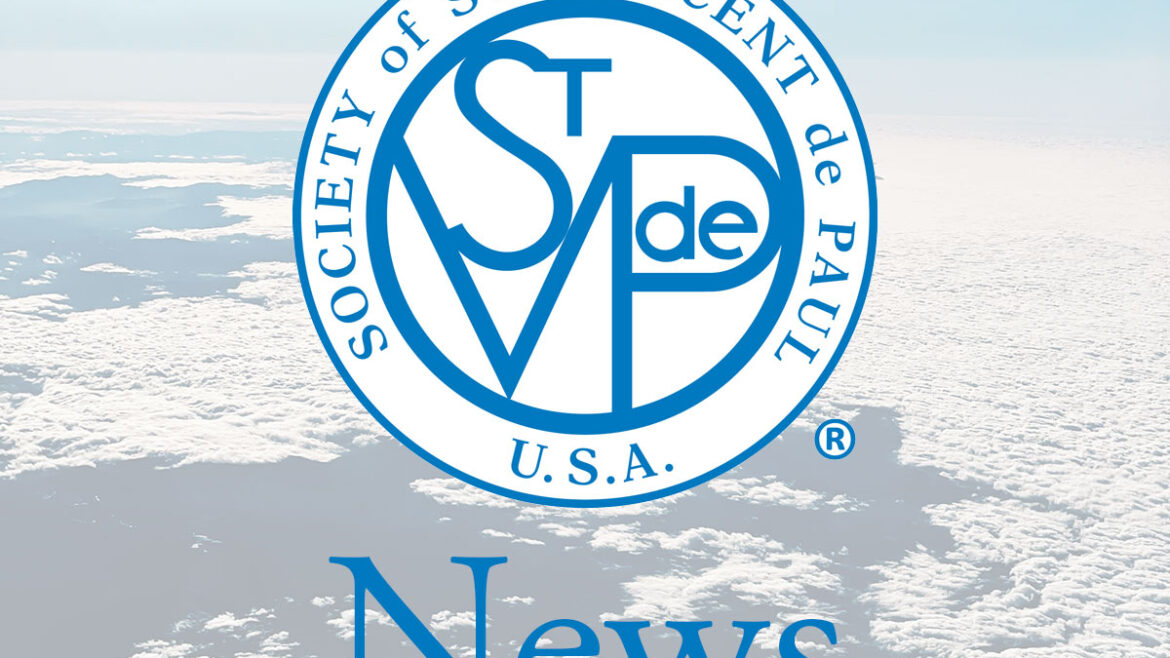Connect, Learn, Pray and Advocate!
Each year at the end of January, Catholic leaders gather in Washington, D.C. for the Catholic Social Ministry Gathering (CSMG). For the past 30 years, this has been a must-attend event! I was fortunate to attend the last two in-person events in 2019 and 2020. As I reflected on how best to share the experience, I realized that a large part of what ignited me was the gathering in one place. There is something to be said for stepping away from our daily grind to connect, learn, pray, and advocate for others. This year, as we did last year, CSMG will be meeting virtually.
While, yes, it does not have the same level of impact as traveling to D.C., nor the wealth of knowledge gained in the weeks leading to the gathering – the planning, scheduling, and getting to know like-minded people that I would not otherwise have met – the Hill visits (Capitol Hill) themselves are structured in such a way that you are not randomly seeing any representative. When we do the Hill visits you visit your representative as a constituent.
I have been able to apply all the things I have learned through the CSMG to issues that come up locally. You see, living in Chicago we have a huge homeless population. While we may say the poor will always be with us the situation becomes hard to look at when the temperature dips as it has done. I know that my Conference alone cannot solve the problems of homelessness. Using what I learned preparing for my Hill visits with CSMG, I was able to confidently send an email to my alderman asking if he might spare some time to talk about the plight of our neighbors sleeping in tents under the viaducts and on the lakefront. We center a large part of the work we do towards wrap-around services for those homeless, but we are well aware that alone, the problems are insurmountable.
When doing Home Visits, we pray to ask the Holy Spirit to be with us so that it is with Christ’s eyes, ears, and heart that we see those we visit. In a continuation of the same process, when we advocate, we leave ourselves behind so that we are only speaking for those we serve. Our work as Vincentians affords us an opportunity to know the plight of the poor in the many ways we serve. We should not shy away from putting a face to the statistics that our legislators use to develop policy.
Pope Francis in his book, “Let Us Dream: The Path to A Better Future,” refers to the pandemic as our “Noah Moment.” We are being tested. We have an opportunity to help shape the world and rebuild a more just world. Since we continue to climb “the stairs to the poor man’s garret, sitting by his bedside, feeling the same cold that pierces him,” it is now time for us to be the vessels that carry the message.
Please consider joining us at the 2022 Catholic Social Ministry Gathering. Let’s connect, learn, pray and advocate together.
Sincerely,
Pam Matambanadzo
SVdP National Board Member




